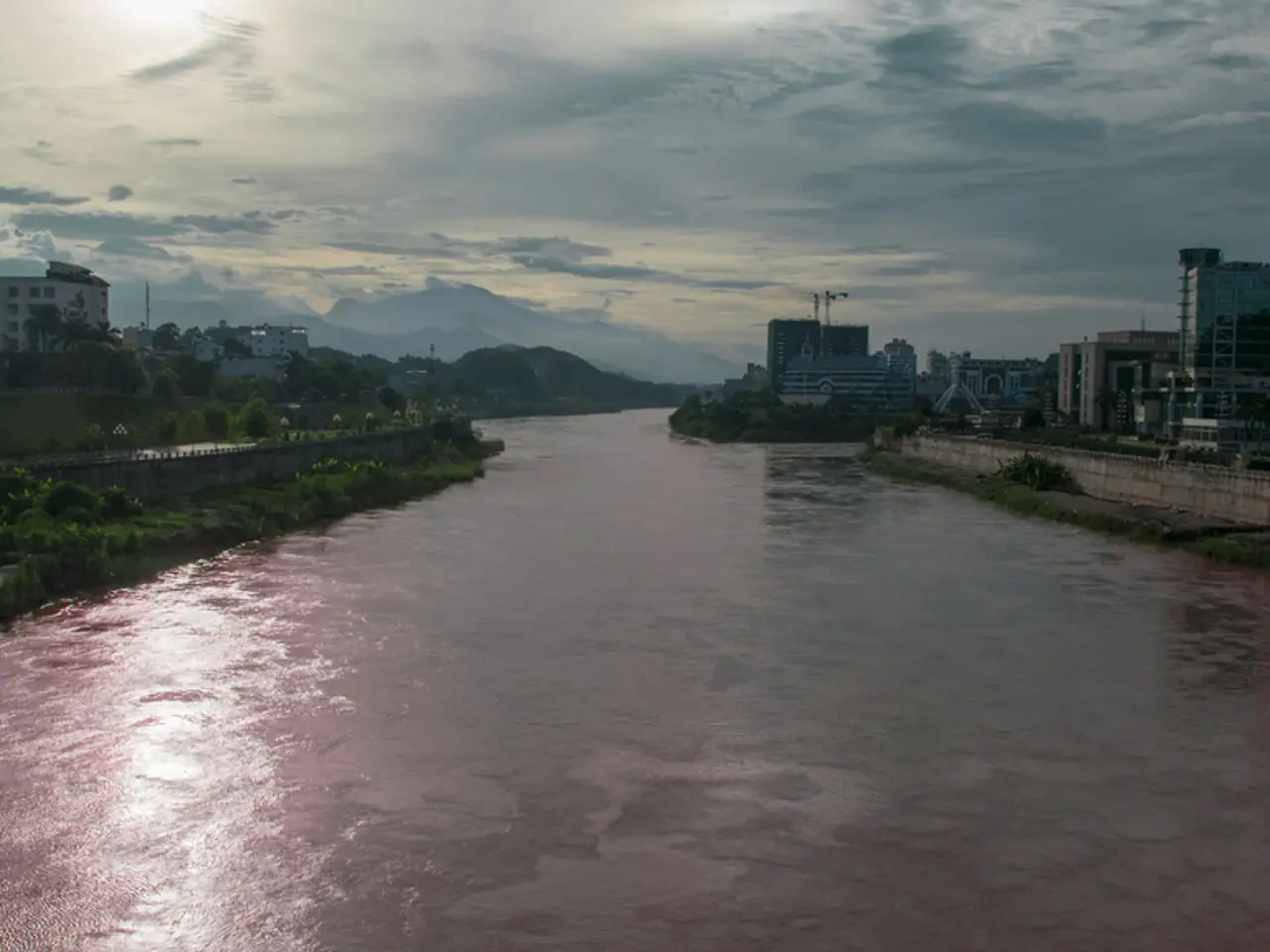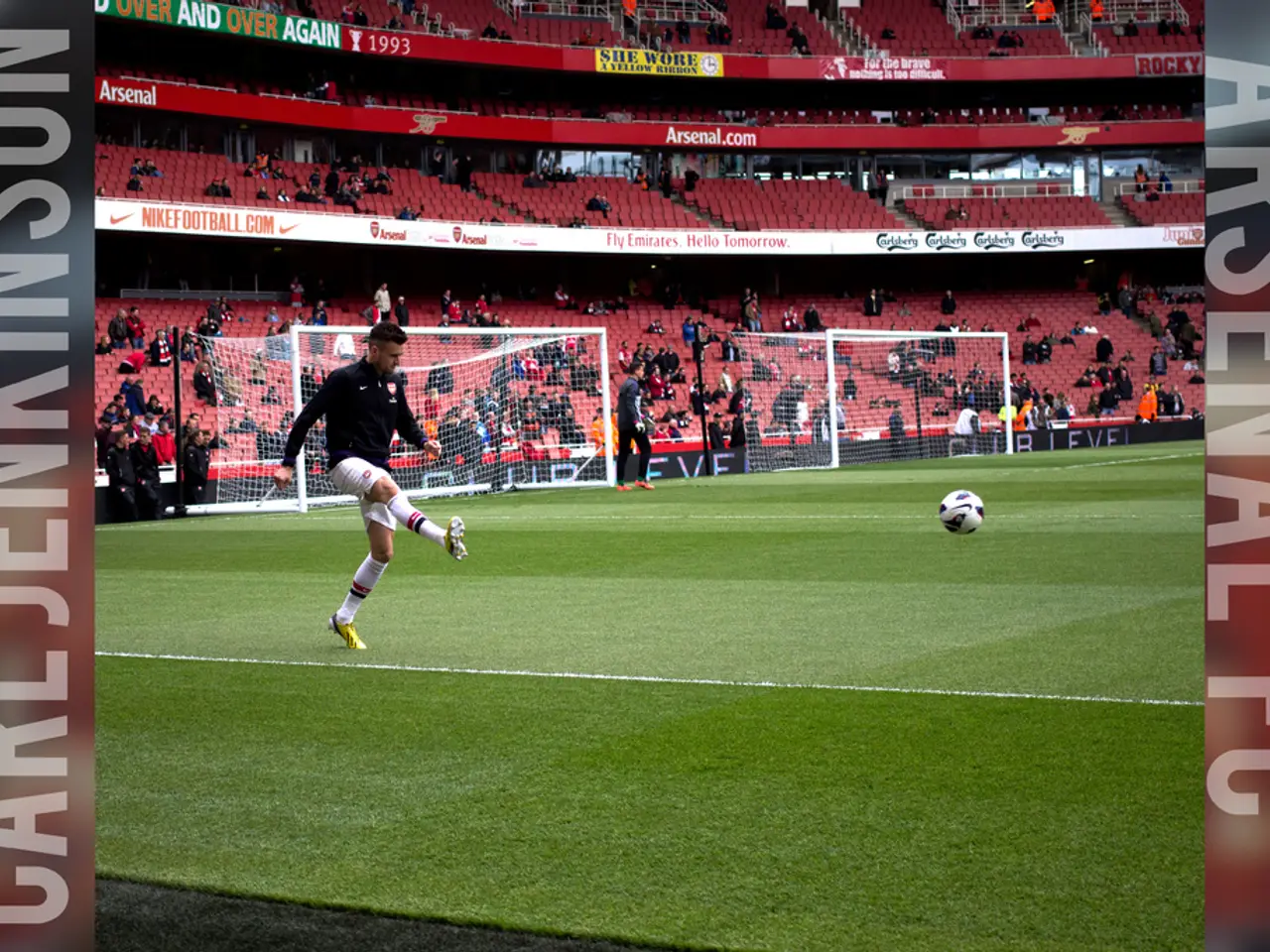Water infrastructure investments have more than doubled over the past five years, as reported.
In a recent meeting, the National Recovery and Resilience Plan (PNRR) was discussed, with a focus on the water sector. Marco Carta, CEO of Agici, emphasised the urgency of addressing water resources management for efficient management and ecological transition of the country.
The strategic priorities for Italian water sector investments, according to Agici's research, focus on modernising water networks, improving management models, and securing water supply infrastructure. Key targets include:
- Modernization and extension of urban water distribution networks to reduce losses and ensure efficient delivery.
- Upgrading wastewater collection and treatment plants to enhance environmental compliance and resource recovery.
- Investing in infrastructure for water withdrawal and transport to meet civil and industrial demand.
- Digitization and advanced monitoring systems to better manage water distribution and reduce inefficiencies.
The PNRR has allocated a total of 4.38 billion euros to the water sector in Italy. Emphasis on addressing water supply security and loss reduction is evident, with the PNRR allocating about €2 billion for primary water infrastructure and nearly €1.92 billion for reducing distribution losses through technological improvements.
Minister of the Environment Gilberto Pichetto Fratin mentioned that there are 2,391 managers in the water system, and proposed a national plan to merge managers and reduce their number to around one hundred. This move aims to tackle the fragmentation of management in the water system.
Investments in the integrated water system in Italy are growing from 1.28 billion in 2018 to a planned 2.65 billion in 2023. Over the biennium 2018-2019, 2.7 billion euros were spent, while 9.2 billion are those planned for the quadriennio 2020-2023.
Interventions in the purification of the sewer system have a budget of 600 million euros and will support 176 projects. The reduction of losses and the digitization of networks have a budget of 900 million euros and will support 33 projects.
However, the minister did not provide specific details on the budget for dam construction or the timeline for its implementation. Agici's survey did not cover the topic of dams or the budget allocated for dam construction, and the minister's comments on dams were made in the context of energy security, not specifically the water sector.
Agici's survey conducted on a sample of 87 management bodies covers a total catchment area of 41 million inhabitants (71% of the Italian population). The survey presented during the meeting "PNRR: an opportunity not to be missed to lead the water sector towards excellence" did not include questions about the number of managers or the need for a national plan to merge managers.
Marco Carta commented on the need for investments to make networks and plants efficient, with 44% of responses in Agici's survey agreeing with this priority. He also highlighted the need for intervention in strengthening governance to tackle the fragmentation of management in the water system.
These priorities align with broader initiatives to enhance governance models that have demonstrated efficiency in resource management, integrating innovation and sustainability objectives in Italy’s water sector investment strategy. The approach involves fostering dialogue among institutions and businesses to overcome long-standing inefficiencies and underutilization of cohesion funds, aiming for structural, sustainable, and timely interventions in response to climate change and evolving societal needs.
- The need for technological improvements in the water sector, as highlighted by Agici's survey and the PNRR allocations, is not only focused on water infrastructure and distribution loss reduction, but also extends to the environmental science domain, considering the upgrading of wastewater treatment plants for enhanced environmental compliance and resource recovery.
- Beyond investments in modernizing water networks and digitization, the emphasis on strengthening governance and addressing the fragmentation of management in the water system, as advocated by Marco Carta and the minister, can have a ripposite impact on other sectors, such as environmental science and even sports, by fostering collaboration and resource optimization, key principles in both domains.







